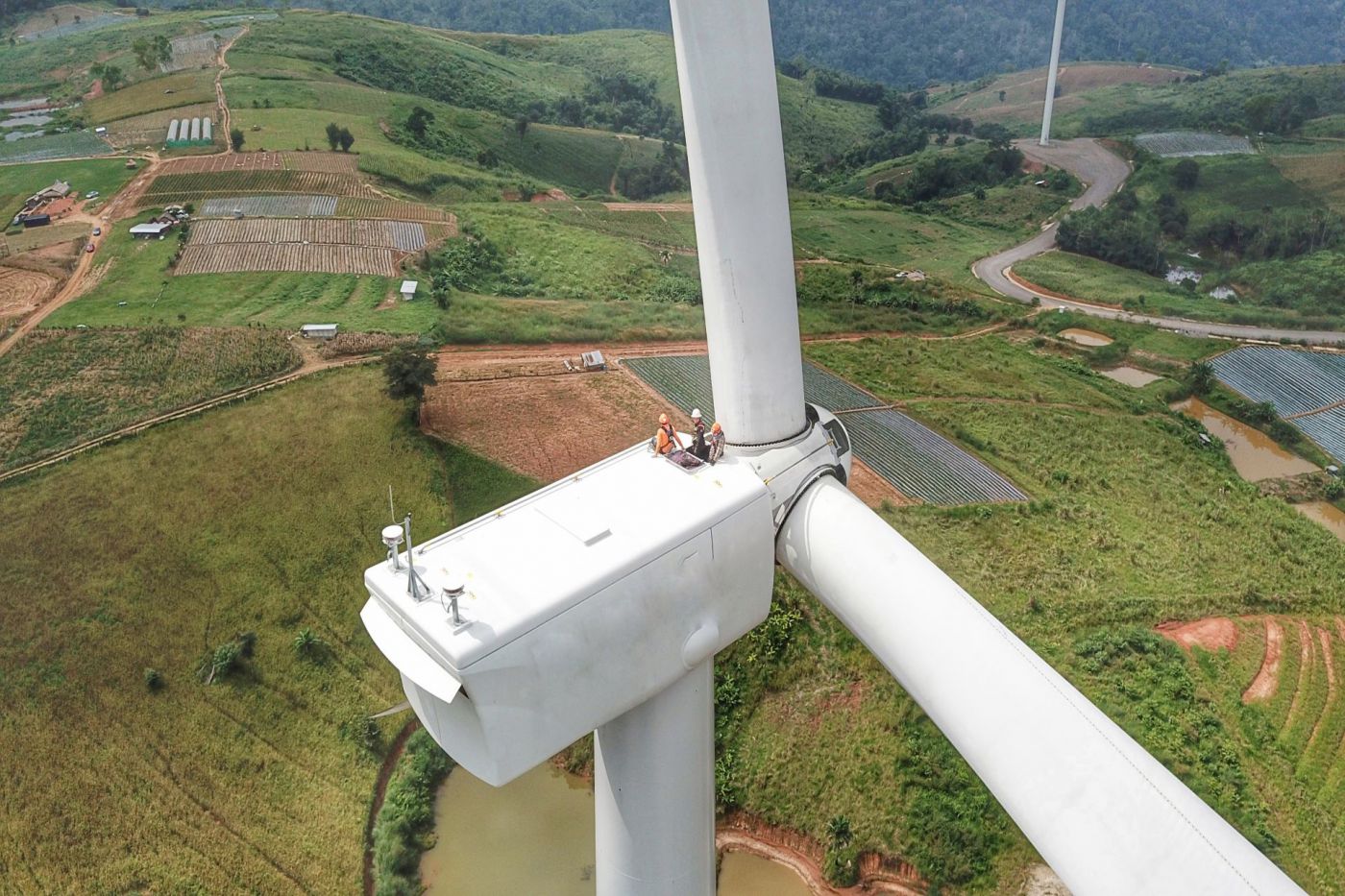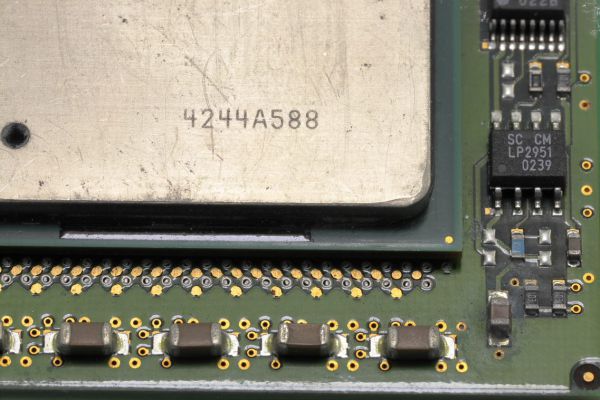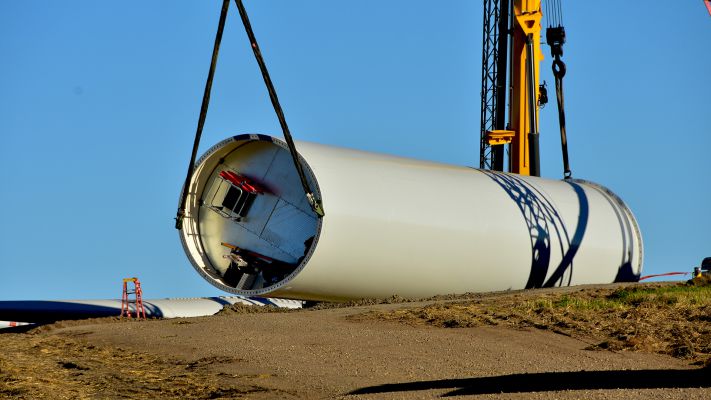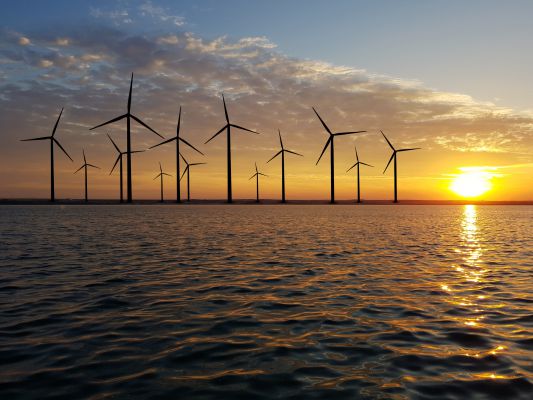Conventional wind turbine inspections are usually carried out in one of two different ways. Technicians either climb the tower to inspect the turbine for damage, or cameras are used on the ground. Climbing turbines presents certain hazards to the employees and is somewhat time consuming. Using equipment on the ground is the safer option of the two. However, stationary cameras may not give such a detailed account of turbine condition. This is because the equipment is quite a way from the turbine and flexibility in terms of available angles is limited. Despite the drawbacks of these methods, they are still widely used, with around 83 percent of inspections being completed manually and 10 percent by cameras. However, the other seven percent have adopted a less conventional method: drone inspections.
What benefits do drones offer?
The remote aspect of drones is a huge advantage. A team on the ground can take close-up images of turbine blades without putting staff members at risk. Additionally, flying a drone to the top of a wind turbine is significantly quicker than deploying technicians to reach the turbine’s blades. Drones can also take pictures from multiple angles – and in greater detail than long-distance cameras. Pilots are able to access areas of the rotors that would be difficult to reach via conventional methods, providing a more complete image of any potential damage. Another crucial benefit is that a wind farm can remain operational while the inspection is performed.
Using drones for wind turbine inspections can reduce costs and man hours by 30–50 percent.
Source: abjdrones.com
Putting cutting-edge technology in motion
Many modern drones for wind turbine inspections are kitted out with the latest camera technology. They can be equipped with high-resolution digital cameras, infrared cameras, or both. Infrared cameras, also known as thermographic cameras, offer clear benefits for conducting more accurate rotor inspections. Thermal testing is a non-destructive inspection method that detects infrared radiation and draws attention to potential deterioration or weak spots that would be invisible to the human eye. Maintenance teams receive insights into corrosion and other abnormalities before serious damage occurs, thus reducing the likelihood of unexpected downtime.
Why aren’t all companies using drones?
Despite the many benefits that drones offer, there is one clear obstacle: cost. This is currently a contentious point. Many see drones as a quicker, more effective, and cheaper alternative to conventional inspection methods. However, initial costs can be high, with some costing 25,000 USD for a single unit. If operators require multiple drones at different locations, the investment could be significant, and it may be a long time before they see a return on investment. Drone inspections are also only in their infancy – meaning many operators are unaware of the benefits or are unsure as to whether they would be a worthwhile venture.
A new trend that has plenty of potential
While using drones for wind turbine inspections is not established throughout the wind energy sector, this is likely to change in the coming years. The more accurate inspections will go a long way in streamlining maintenance procedures, avoiding unexpected breakdowns, and reducing operation and maintenance costs. In some companies, the drone transformation is already underway. Vestas recently commissioned a UAV technology company to perform a large-scale inspection of 1,250 wind turbines in less than 12 weeks. There may be obstacles to overcome, but it seems inevitable that wind energy will enter the drone age before long.



